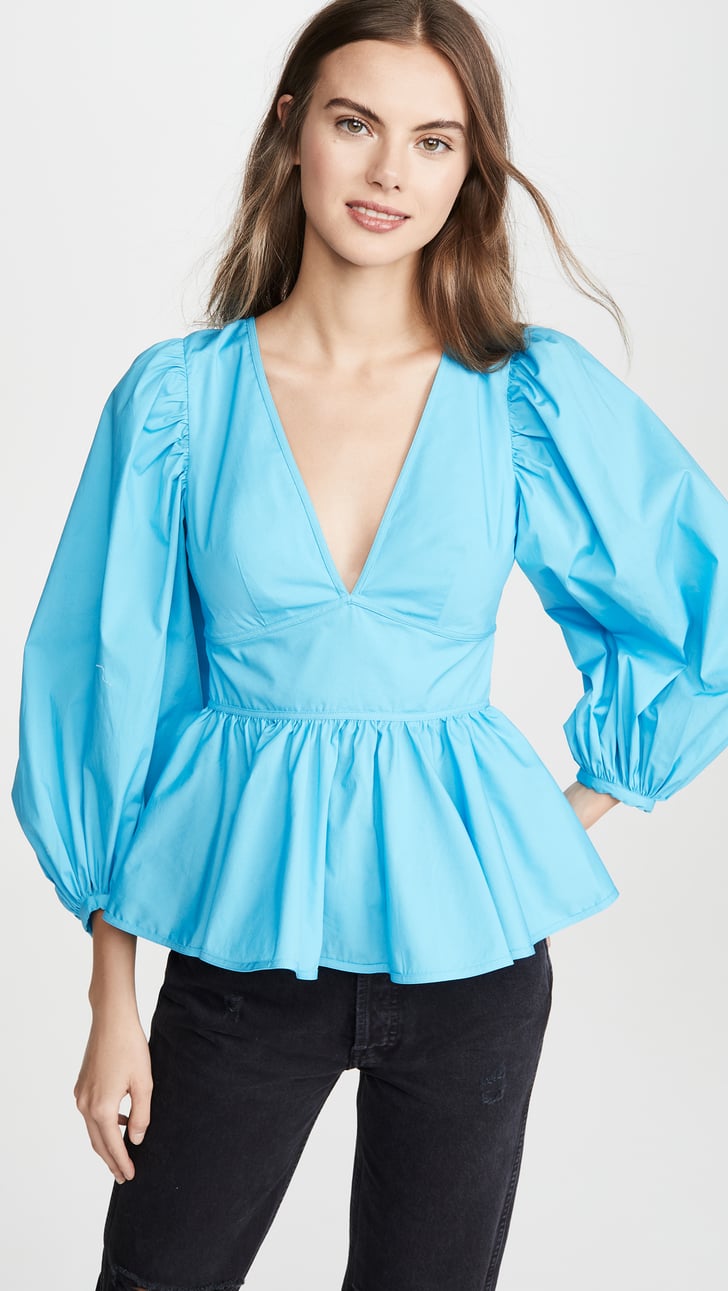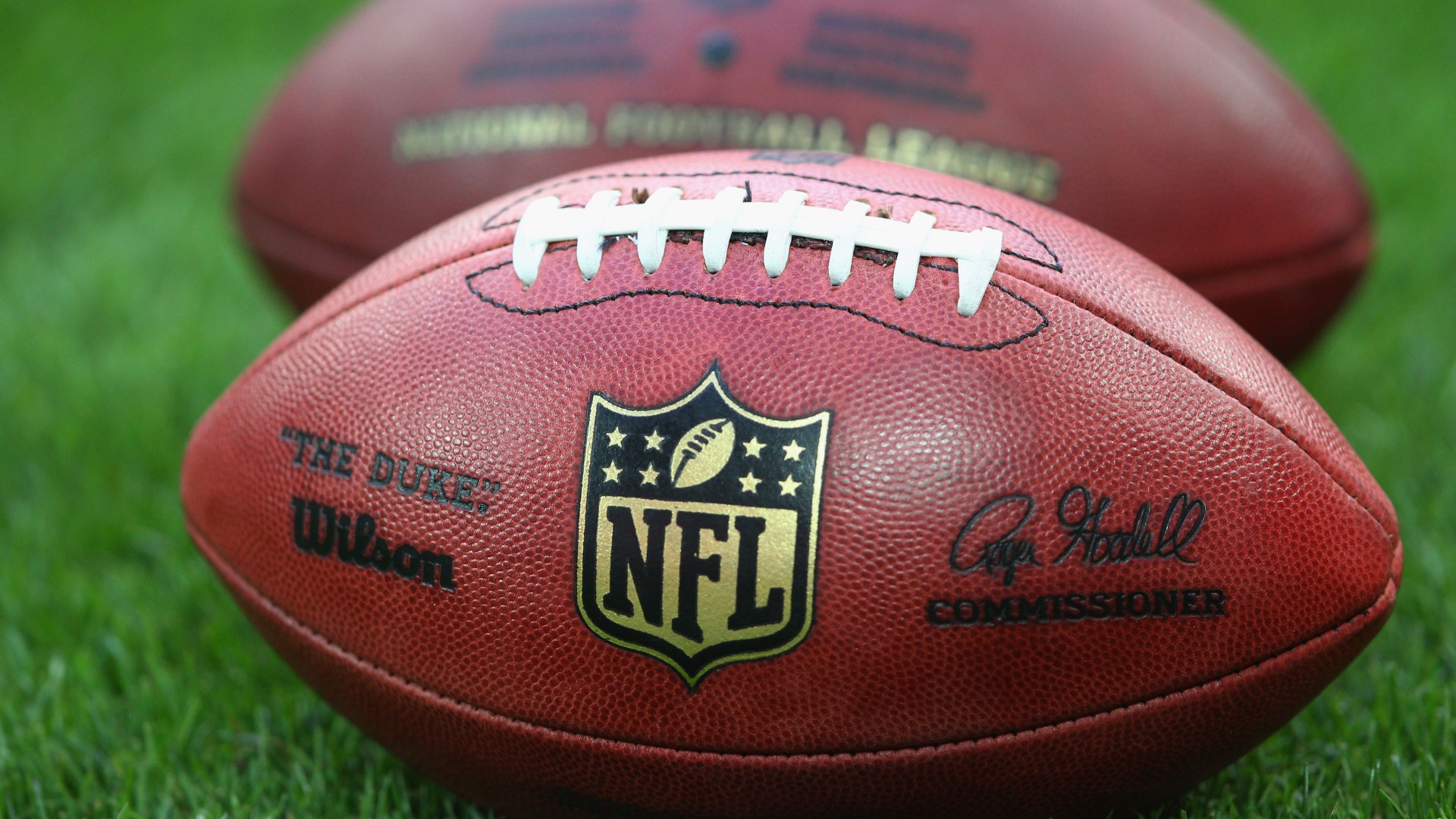The Sartorial Scorecard: How Footballers’ Fashion Became as Analyzed as Their On-Pitch Stats
In the dazzling world of professional football, the spotlight has long been fixated on goals, assists, tackles, and trophies. Every pass is scrutinized, every sprint timed, every tactical decision debated. But beyond the meticulously tracked metrics of the pitch, a new, equally compelling arena has emerged where players are increasingly judged, celebrated, and even critiqued: their fashion.
Once confined to functional kits and post-match tracksuits, the modern footballer’s wardrobe has evolved into a powerful extension of their personal brand, a canvas for self-expression, and a significant contributor to their off-field marketability. In this era, the "fashion stats" – the viral potential of a pre-game outfit, the brand collaborations secured, the social media engagement generated by a red-carpet look – are becoming almost as vital as their xG (expected goals) or pass completion rates.
From Modest Beginnings to Global Runways: A Historical Trajectory
For decades, the notion of a footballer as a fashion icon was largely an anomaly. The 70s and 80s saw players embody a more working-class aesthetic, often seen in understated casualwear or team-issued leisurewear. While a few individuals might have sported a flashier suit for an awards ceremony, their primary identity remained firmly rooted in their athletic prowess.
The shift began subtly in the 1990s, catalyzed by the emergence of players who understood the nascent power of personal branding. David Beckham stands as the undisputed pioneer. More than just a gifted midfielder, Beckham, alongside his pop star wife Victoria, meticulously cultivated an image that transcended sport. From sarongs to daring hairstyles, his choices were bold, often polarizing, but undeniably influential. He didn’t just wear clothes; he made statements. His fashion became a talking point, a new dimension to his celebrity, and crucially, a gateway to lucrative endorsement deals that stretched far beyond sports brands.
Beckham opened the floodgates. The early 2000s saw more players dipping their toes into designer wear, but it was the advent of social media that truly democratized and amplified this trend. Instagram, Twitter, and TikTok provided players with direct, unfiltered access to their global fanbase, turning pre-game arrivals into impromptu fashion shows and everyday outfits into viral content. The players themselves became their own stylists, creative directors, and publicists, showcasing their sartorial sensibilities to millions.
Why the Wardrobe Matters: The Driving Forces Behind the Sartorial Shift
The transformation of footballers into fashion mavens is not merely a matter of personal vanity; it’s a multifaceted phenomenon driven by several key factors:
-
Personal Branding and Legacy: In a hyper-competitive sports landscape, players are acutely aware of the need to build a brand that extends beyond their playing career. Fashion offers a unique avenue for self-expression and differentiation, allowing them to craft an identity that resonates with a broader audience. A distinctive style can ensure longevity in the public eye long after the boots are hung up.
-
Financial Imperative and Endorsements: The commercial value of a footballer today is not just about their performance on the pitch but their appeal to advertisers. High-fashion brands, luxury watchmakers, and lifestyle companies are eager to tap into the immense reach and aspirational appeal of these athletes. A player with a strong fashion identity becomes a more attractive ambassador, opening doors to multi-million dollar deals that supplement their club wages.
-
Social Media as a Global Stage: Platforms like Instagram have transformed the way fans consume content. A footballer’s feed is no longer just about training videos or match highlights; it’s a curated gallery of their lifestyle, including their fashion choices. The "fit check" before a game, the outfit for a vacation, or the ensemble for an awards night can generate millions of likes and comments, turning players into bona fide influencers.
-
Cultural Intersection: Football, once a sport primarily consumed by a specific demographic, has increasingly intersected with popular culture, music, art, and fashion. Players are often friends with musicians, artists, and designers, blurring the lines between these worlds. This cross-pollination naturally leads to a more diverse and experimental approach to style.
The "Fashion Stats" Analogy: A New Metric of Performance
The idea of "fashion stats" isn’t about counting how many designer items a player owns, but rather about the measurable impact and analysis of their style choices. It’s about how their fashion contributes to their overall value and narrative.
-
The Pre-Game Arrival "Runway": What was once a mundane walk from the team bus to the dressing room is now a highly anticipated event. Photographers and videographers capture every angle, and within minutes, the best (and worst) outfits are dissected across social media. The "reach" of these images – how many times they’re shared, how many accounts they appear on – becomes a key "stat." A particularly striking or unusual outfit can go globally viral, generating millions of impressions for the player and any brands they might be implicitly or explicitly endorsing.
-
Social Media Engagement (Likes, Comments, Shares): Every fashion post on Instagram is a direct measure of audience engagement. Brands now track these metrics diligently. A player with millions of followers who consistently generates high engagement on their fashion content is a far more valuable asset than one who doesn’t. This translates directly into sponsorship appeal.
-
Brand Collaborations and Ambassadorships: The ultimate "fashion stat" is the number and value of brand deals. When a luxury brand like Louis Vuitton partners with a player, or a sportswear giant launches a signature line with an athlete, it’s a clear indication of their sartorial influence and market power. These are quantifiable successes that go beyond the pitch.
-
Media Coverage Beyond Sports Pages: When a player’s outfit makes it into Vogue, GQ, or the fashion sections of major newspapers, it signifies a crossover appeal that transcends their athletic achievements. This broader media presence elevates their profile and demonstrates their impact as a cultural figure.
-
Influence on Trends and Fan Consumption: Players like Paul Pogba or Memphis Depay don’t just wear clothes; they set trends. Their choices influence what millions of young fans wear, creating a ripple effect in the fashion industry. This aspirational influence, while harder to quantify precisely, is immensely valuable to brands.
The Players Who Play the Style Game: Case Studies
Several footballers have mastered the art of playing the style game, turning their personal wardrobes into powerful statements:
-
David Beckham: The OG. His enduring legacy isn’t just his free-kicks, but his pioneering role in making it acceptable – even desirable – for footballers to care about fashion. He laid the blueprint for personal branding and commercial success through style. His "fashion stats" include being the face of countless campaigns, from H&M to Breitling, and launching his own successful ventures.
-
Cristiano Ronaldo: A powerhouse of consistency and luxury. Ronaldo’s style is often meticulously curated, leaning towards high-end designer wear, sharp suits, and impeccable grooming. His "fashion stats" are evident in his staggering social media following (hundreds of millions), which makes him one of the most bankable athletes for luxury brands. Every outfit is a statement of success and aspiration, resonating with his massive global fanbase.
-
Paul Pogba: Bold, vibrant, and unafraid to experiment. Pogba’s style is a blend of high fashion, streetwear, and his unique personality. From eye-catching hair colors to statement jackets and designer accessories, he uses fashion as an extension of his expressive playing style. His "fashion stats" are seen in the viral nature of his pre-game outfits, often sparking immediate online debate and generating huge engagement. He has collaborations with Adidas and is a regular feature in fashion magazines.
-
Hector Bellerin: The avant-garde intellectual. Bellerin stands out for his genuine passion for fashion, often attending fashion weeks and openly discussing sustainability in the industry. His style is eclectic, gender-fluid, and often challenges traditional norms, embracing oversized silhouettes, vintage finds, and experimental pieces. His "fashion stats" are measured not just in likes, but in the respect he garners from the fashion elite and his ability to land high-profile editorial features and brand ambassadorships with ethical brands.
-
Memphis Depay: The artist. Depay’s style is deeply personal, often reflecting his artistic sensibilities and his journey. He frequently incorporates elements of streetwear, unique accessories, and a distinct "swag" that is all his own. He’s not just wearing clothes; he’s telling a story. His "fashion stats" are reflected in the strong, loyal following he has built around his unique persona, leading to collaborations and a growing influence beyond football.
-
Jack Grealish: The epitome of modern British cool. Grealish’s style is less about high fashion runways and more about accessible luxury and a certain swagger. His well-fitted tracksuits, designer knitwear, and signature hairstyles have made him a relatable style icon for many young fans. His "fashion stats" are evident in the commercial success of the brands he wears and the immediate sell-out of items he endorses, making him a highly effective influencer for a broader market.
-
Son Heung-min: Understated elegance. Son’s fashion choices are often more refined and classic, reflecting his humble yet globally adored persona. He favors clean lines, smart casual wear, and tasteful luxury. His "fashion stats" are significant in the Asian market, where his immense popularity makes him an incredibly valuable brand ambassador for everything from clothing to cars.
The Business Behind the Bling: Commercial Implications
The rise of the fashion-forward footballer has created a lucrative ecosystem. Brands now actively court players, offering multi-year deals that can rival their playing contracts. Players, in turn, are increasingly hiring dedicated stylists and brand managers to cultivate their image. Some, like Jesse Lingard or Kylian Mbappé, have even launched their own fashion lines, further cementing their status as entrepreneurs within the fashion space. This symbiotic relationship has transformed footballers from mere athletes into global lifestyle influencers.
Challenges and Criticisms
While largely celebrated, the focus on fashion isn’t without its critics. Some argue it distracts players from their primary role, fostering an image of vanity rather than dedication to the sport. Others point to the elitism of high fashion, creating a disconnect between the millionaire athletes and the average fan. However, for most, the positive outweighs the negative, as it adds another layer of personality and entertainment to the sport.
Conclusion: The Future of Football Fashion
The era where a footballer’s worth was solely measured in goals and assists is long past. In the modern game, their sartorial choices are just as meticulously observed, analyzed, and "scored" as their on-pitch performances. From the viral pre-game outfit to the lucrative brand ambassadorships, "fashion stats" have become a critical component of a player’s overall brand value and cultural impact.
As football continues to expand its global reach and intertwine with various facets of popular culture, the role of the fashion-forward footballer will only grow. The pitch remains their primary stage, but the world has become their runway, and their wardrobe, a powerful tool for personal expression, commercial success, and enduring legacy. The game of football has truly found a stylish new dimension.



